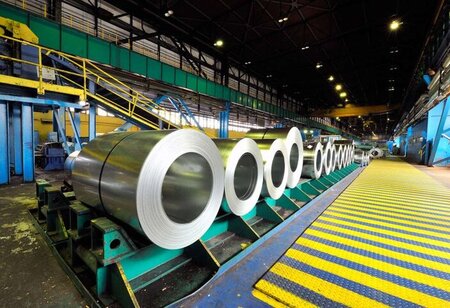
In a significant move towards sustainable steel production, the Australian federal government has allocated A$200 million through the Powering the Regions Fund (PRF) to bolster environmentally conscious initiatives at BlueScope's Port Kembla and Liberty Steel’s Whyalla sites. This investment reflects the nation's commitment to fostering clean, green steel, generating employment, and facilitating the transition to low-emission manufacturing.
The funding, divided into A$136.8 million for BlueScope and A$63.2 million for Liberty Steel, underscores the government's strategic focus on reducing emissions and promoting the production of low-carbon steel. BlueScope's No. 6 Blast Furnace is set to undergo a reline and upgrade, promising a reduction in emissions and paving the way for even lower-emission steel in the future. Simultaneously, Liberty plans to leverage its grant to acquire and commission a low-carbon electric arc furnace (EAF), replacing its existing blast furnace. This transition aligns with Liberty's ambitious goal of achieving carbon neutrality by 2030 and supports the manufacturing of green steel.
Industry Minister Ed Husic emphasized the economic and employment benefits of domestically produced clean, green steel, noting that these initiatives would create and sustain jobs in regional areas. The BlueScope project alone is anticipated to generate approximately 250 new roles during the upgrade and reline phase, while the Whyalla upgrade at Liberty Steel is expected to boost jobs by around 24% over the next five years, contributing to economic growth in the region.
The government's investment marks a crucial step, being the first from the PRF’s Critical Inputs to Clean Energy Industries program, specifically addressing challenges in hard-to-abate sectors like steel. Energy Minister Chris Bowen highlighted the essential role of steel in the energy transformation, citing its prominence in materials for wind turbines. Beyond steel, an additional $200 million has been earmarked for hard-to-abate sectors such as cement, lime, alumina, and aluminum, with project announcements anticipated in the coming months.
In conclusion, the Australian government's substantial investment in sustainable steel production underscores its commitment to greener manufacturing practices, supporting emission reduction and positioning the country's steel industry as a key player in the global energy transformation. The emphasis on job creation and economic growth highlights the broad positive impact of these initiatives on regional communities.

